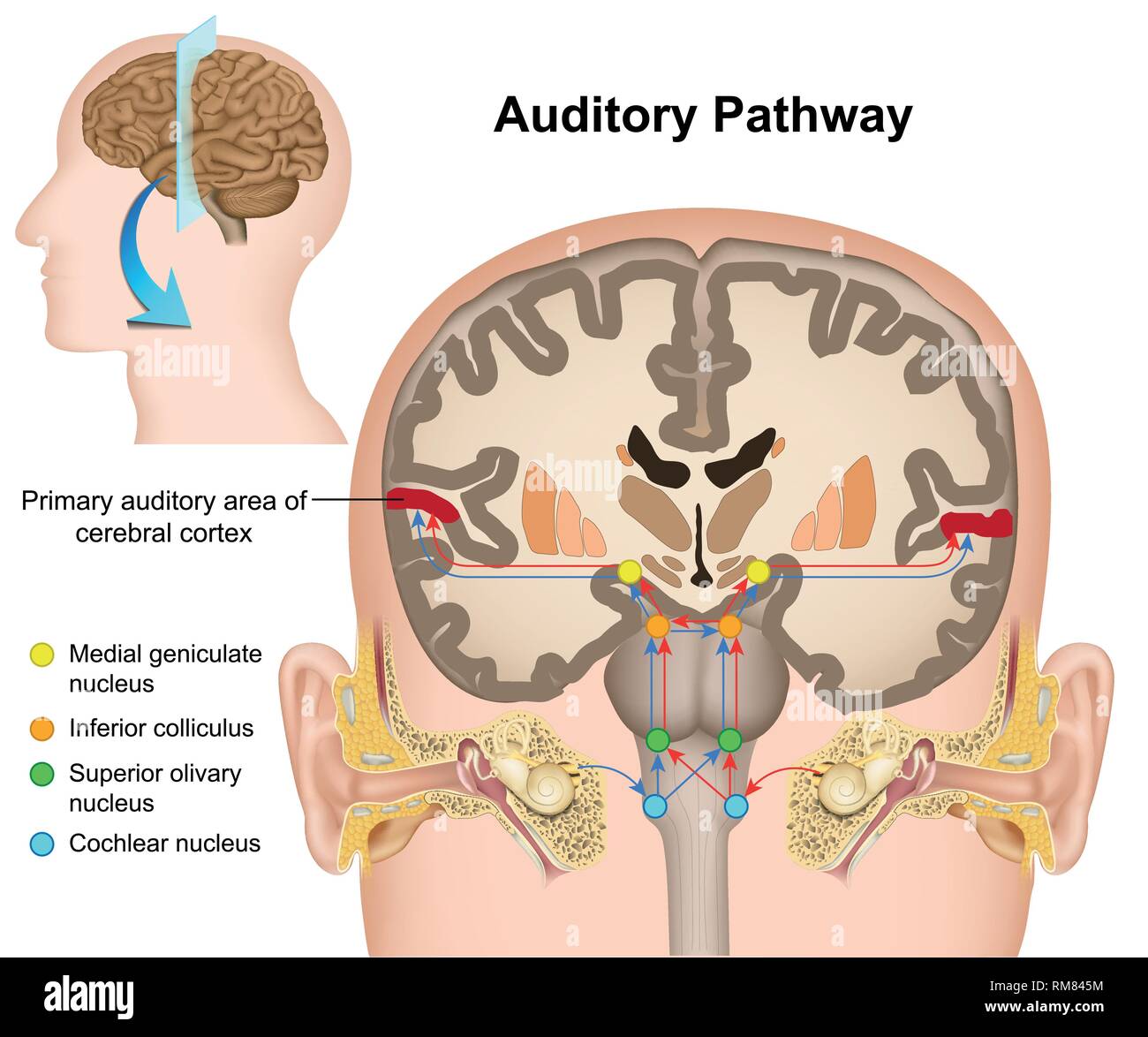


The main trunk of the nerve, now termed the motor root of the facial nerve, continues anteriorly and inferiorly into the parotid gland (note – the facial nerve does not contribute towards the innervation of the parotid gland, which is innervated by the glossopharyngeal nerve). Immediately distal to this, motor branches are sent to the posterior belly of the digastric muscle and to the stylohyoid muscle. It provides motor innervation to the some of the muscles around the ear. The first extracranial branch to arise is the posterior auricular nerve. ExtracranialĪfter exiting the skull, the facial nerve turns superiorly to run just anterior to the outer ear. The facial nerve then exits the facial canal (and the cranium) via the stylomastoid foramen. This is an exit located just posterior to the styloid process of the temporal bone.įig 2 – Schematic of the course and branches of the facial nerve. Chorda tympani – special sensory fibres to the anterior 2/3 tongue and parasympathetic fibres to the submandibular and sublingual glands.Nerve to stapedius – motor fibres to stapedius muscle of the middle ear.Greater petrosal nerve – parasympathetic fibres to mucous glands and lacrimal gland.Next, the nerve forms the geniculate ganglion (a ganglion is a collection of nerve cell bodies).Firstly the two roots fuse to form the facial nerve.The canal is a ‘Z’ shaped structure. Within the facial canal, three important events occur: Still within the temporal bone, the roots leave the internal acoustic meatus, and enter into the facial canal. Here, they are in very close proximity to the inner ear. The two roots travel through the internal acoustic meatus, a 1cm long opening in the petrous part of the temporal bone. It begins as two roots a large motor root, and a small sensory root (the part of the facial nerve that arises from the sensory root is sometimes known as the intermediate nerve). The nerve arises in the pons, an area of the brainstem. Extracranial – the course of the nerve outside the cranium, through the face and neck.Intracranial – the course of the nerve through the cranial cavity, and the cranium itself.There are many branches, which transmit a combination of sensory, motor and parasympathetic fibres.Īnatomically, the course of the facial nerve can be divided into two parts: The course of the facial nerve is very complex.


 0 kommentar(er)
0 kommentar(er)
